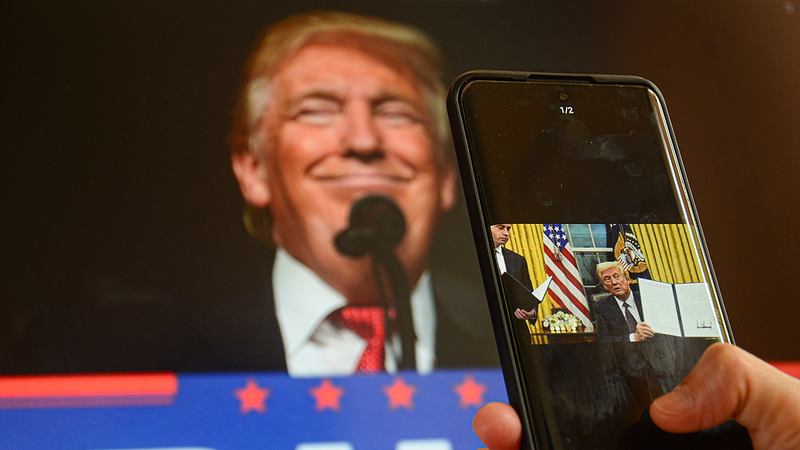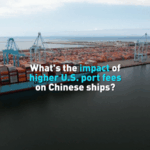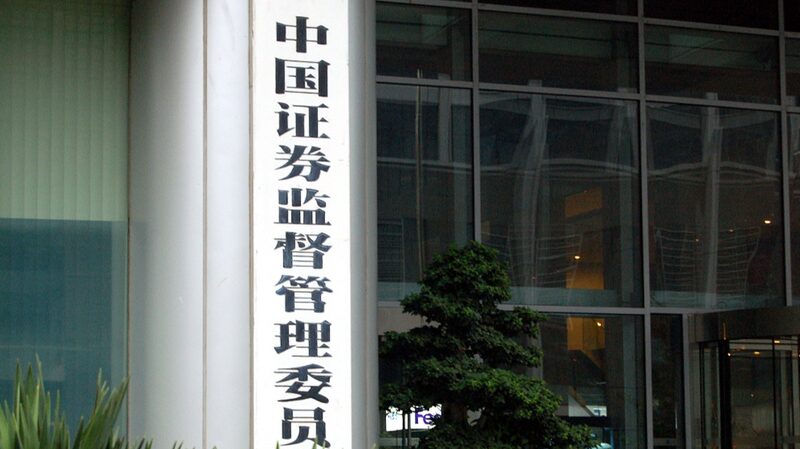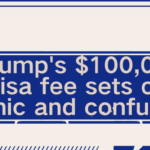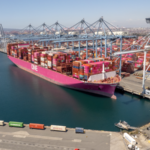Hold onto your calculators, folks—the latest US trade policy is crunching numbers in ways that would make even Alice in Wonderland raise an eyebrow. 🌍📊 The Trump-era “reciprocal tariff” strategy, which some critics cheekily call “Tax the Penguins” math, argues that trade deficits should be balanced by mirroring other nations’ import fees. But does this formula add up, or is it just economic fantasy?
Imagine this: If Country A charges a 10% tariff on cars, the US would slap a 10% fee on Country A’s cars too—no matter the market size or consumer demand. Critics say it’s like forcing everyone to split a pizza equally… even if one person brought pepperoni and the other just napkins. 🍕😅 Analysts warn such moves could spark price hikes for consumers and retaliatory measures abroad.
Meanwhile, businesses and investors are side-eyeing the policy’s ripple effects. “It’s not just about tariffs—it’s about predictability,” said a tech startup founder we spoke to. “When rules change like TikTok trends, planning gets chaos-mode hard.” 📈💥
Reference(s):
US administration's trade deficit math: When 2+2 = Tax the penguins
cgtn.com
